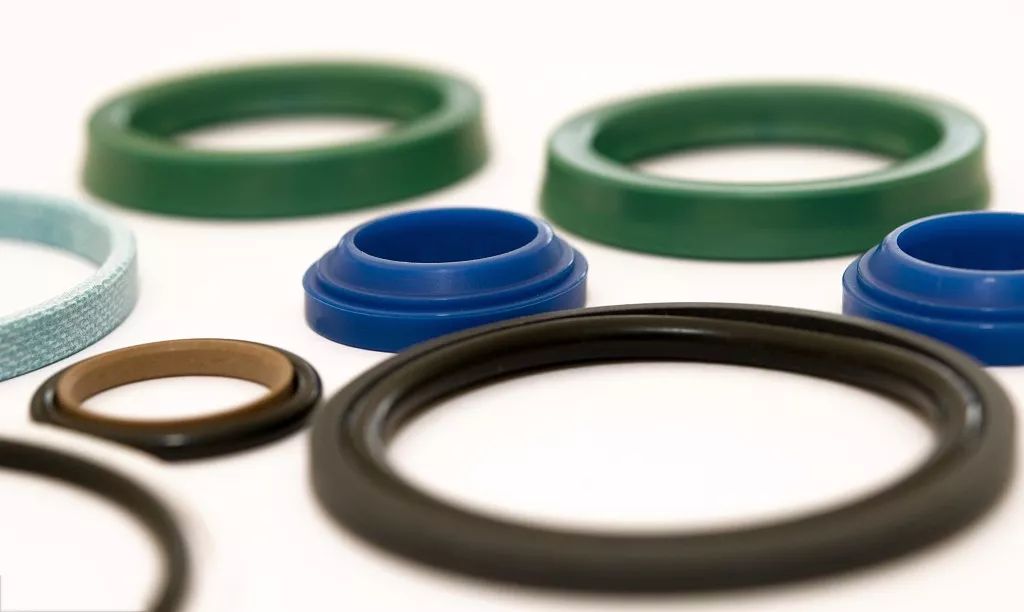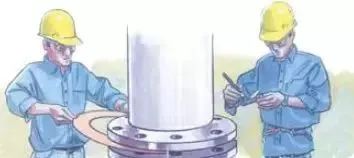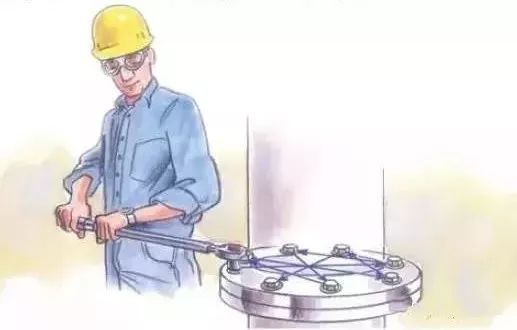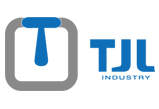- Home
- >
- Technology
- >
- Have you installed the sealing gasket correctly?
Have you installed the sealing gasket correctly?
Sealing gasket is a common spare part of equipment.
Did you install the sealing gasket correctly?
If the installation is not correct, the gasket will be damaged during the operation of the equipment, or even dangerous.

What tools are required for installation?
The following equipment shall be prepared before installation:
Calibrated torque ,hydraulic tightening, or other tightening tools;
2.Steel wire brush, brass brush is better;
3.Helmet;
4.Eye protection glasses;
5.Lubricants;
6.Other factory specified tools, etc.
Cleaning and screwing fasteners requires various specific tools. In addition, standard installation equipment must be used and safe operation regulations must be observed.
1. inspection and cleaning:
Remove all foreign impurities and debris from the gasket pressing surface, various fasteners (bolts, studs), nuts and gaskets;
Check whether there are burrs, cracks and other defects on fasteners, nuts and gaskets;
Check the flange surface for warpage, radial scratch, deep tool impact marks, or other defects that affect the correct seating of the gasket;
If any defective original is found, it shall be replaced in time. If there is any doubt about whether to replace it, the sealing manufacturer can be contacted in time.

2. alignment flange:
Align the flange face with the bolt hole;
In case of any failure to obtain positive results, timely report shall be made.

3. install gasket:
Confirm that the gasket conforms to the specified size and material;
Check the gasket to ensure that there are no defects;
Carefully insert the sealing gasket between the two flanges;
Confirm that the gasket is in the center between flanges;
Unless the gasket installation instructions require the use of adhesive or anti adhesion agent, it shall not be used privately; Align the flange face to ensure that the gasket is not punctured or scratched.
4. lubricating the stressed surface:
Only the specified or approved lubricant is allowed to be used for lubricating the stressed area;
Apply sufficient lubricant on the stressed surfaces of all threads, nuts and gaskets;
Ensure that the lubricant does not contaminate the flange face or gasket surface.
5. installation and tightening of bolts:
Always use the right tools
Use a calibrated torque or other tightening tools that can control the function;
Consult the technical department of the seal manufacturer for torque requirements and regulations;
Tighten the nut according to the "cross symmetry principle";

Tighten the nut in the following 5 steps:
Step 1: initial tightening of all nuts shall be carried out manually, and small manual can be used for auxiliary tightening of larger nuts;
Step 2: tighten each nut to approximately 30% of the total torque required;
Step 3: tighten each nut to approximately 60% of the total torque required;
Step 4: use the "cross symmetry principle" to tighten each nut again to achieve 100% of the required whole wood torque;
Note: the above steps can be carried out more times for large-diameter flanges
Step 5: tighten all nuts one by one in a clockwise direction at least once to achieve all the required torque.
6. tighten the bolts again:
Note: consult the technical department of the seal manufacturer for the guidelines and suggestions on re tightening the bolts;
Asbestos free gaskets and gaskets containing rubber components that have been used at high temperature must not be tightened again (unless otherwise specified);
Fasteners receiving corrosion thermal cycle shall be tightened again;
The re tightening operation shall be carried out under the ambient temperature and atmospheric pressure.




;)
;)




